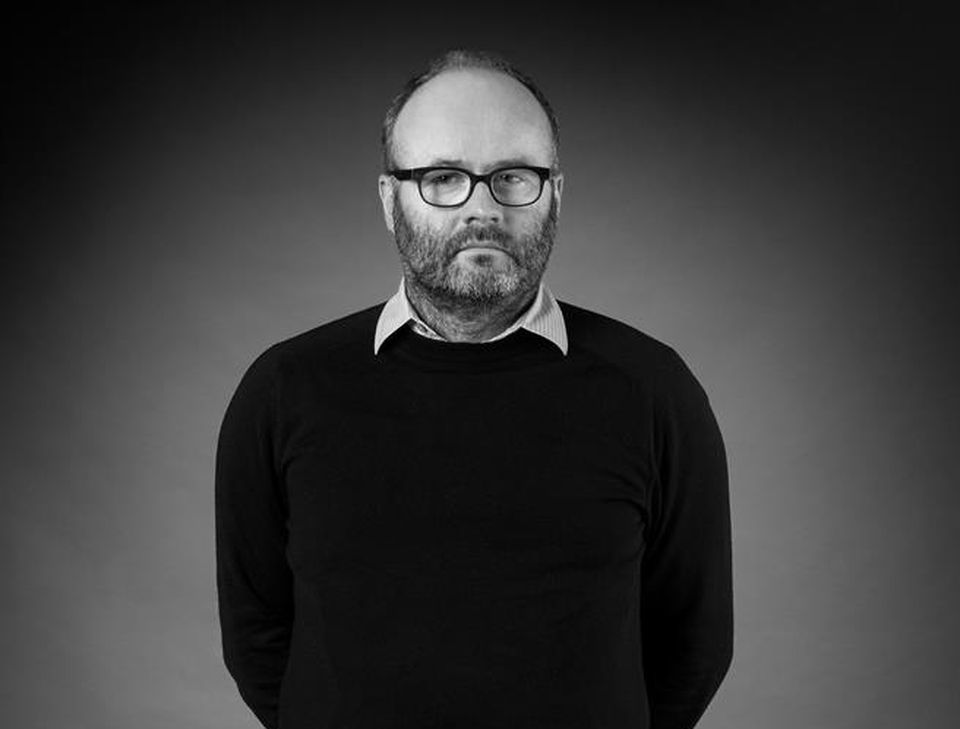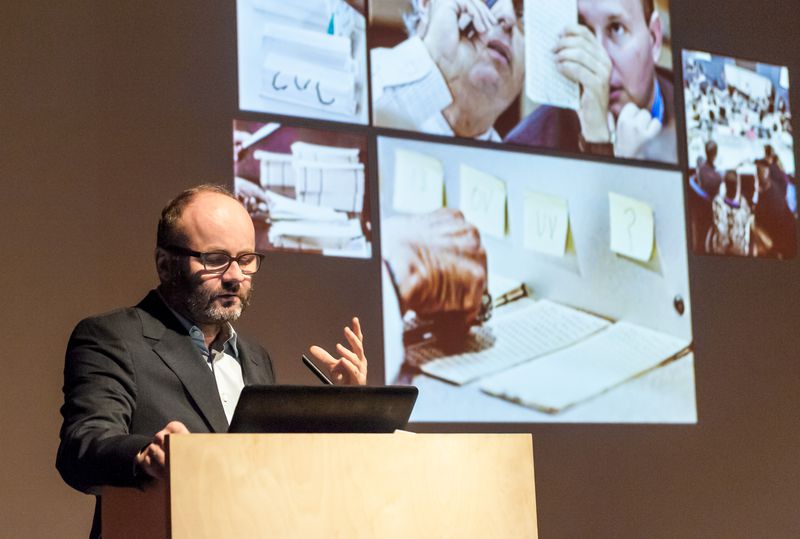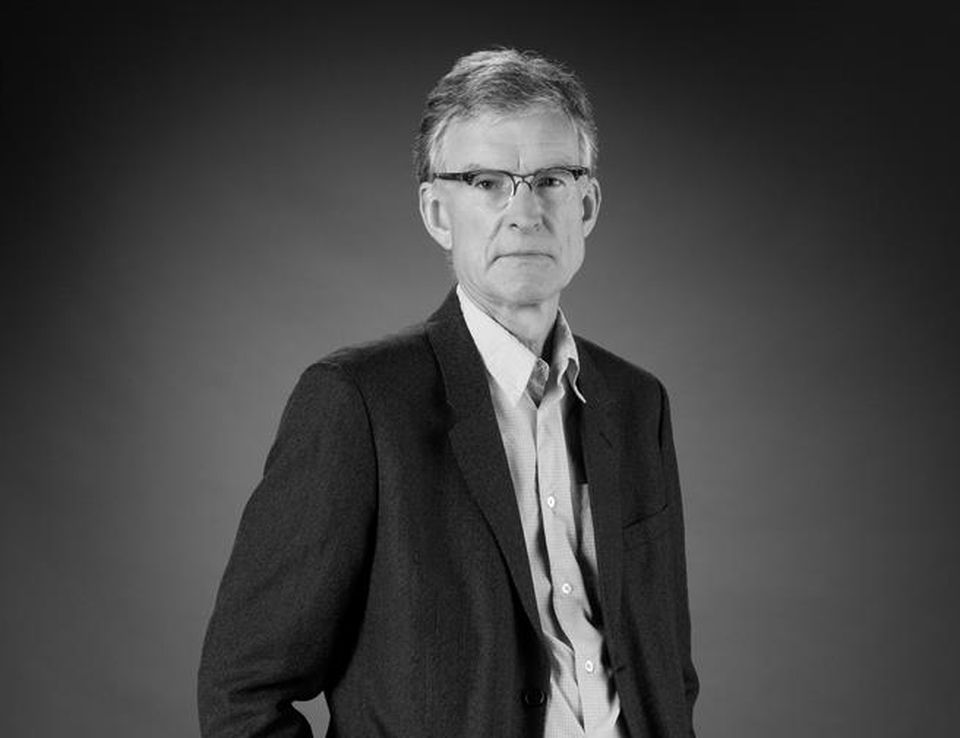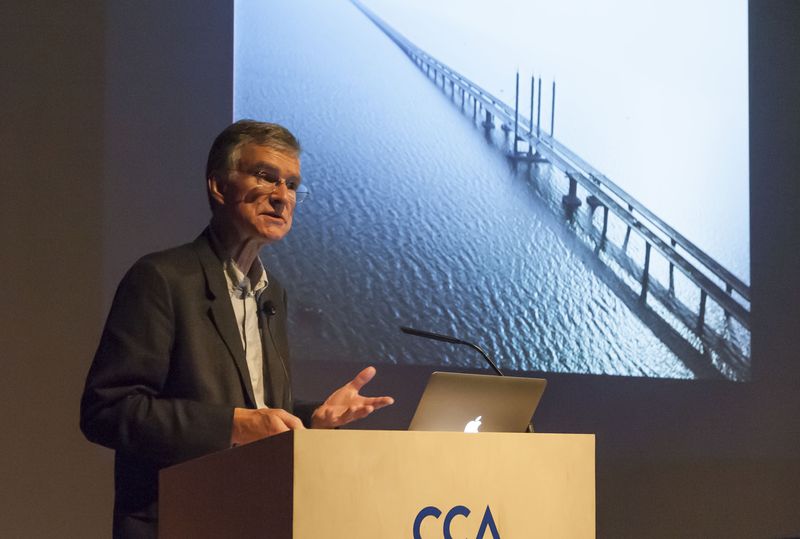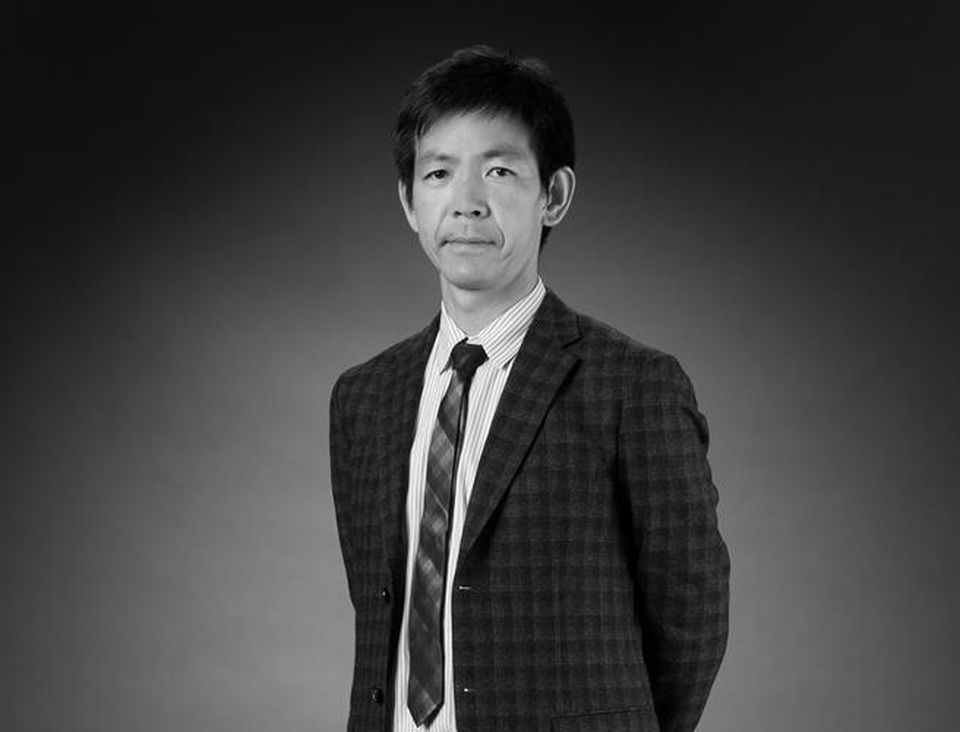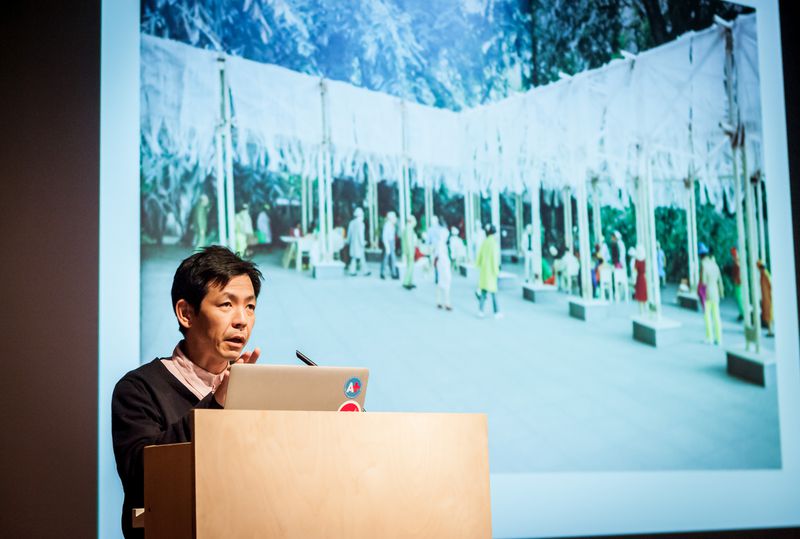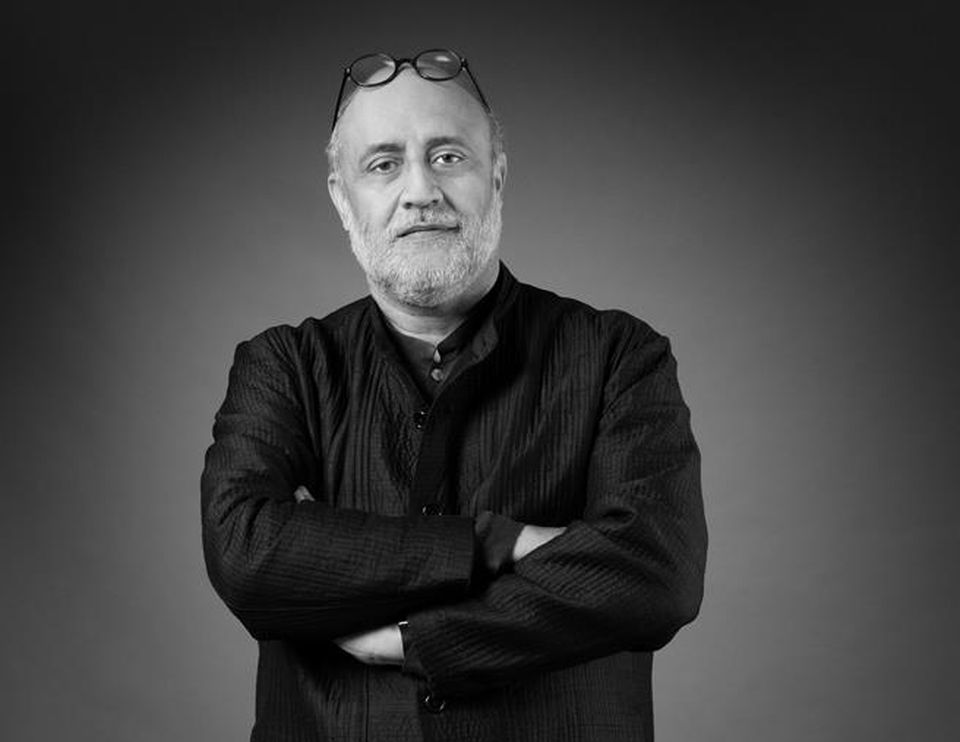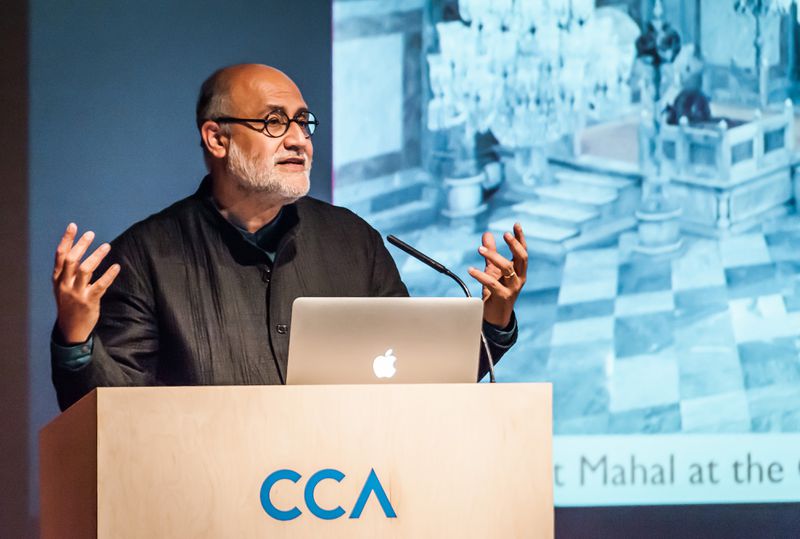The idea of “behaviorology” investigates the interrelations among natural climate, human habitus, and building typology. We can’t really change the physical disciplines of nature: water always drops from top to bottom because of gravity, heated air always goes up, and steam condensates when it touches a cold surface. Condensation in a room might be problematic for human beings, but humidity, heat, and air are not guilty of it; human beings are the ones who don’t understand natural behaviours. Humans behave in a more capricious and unpredictable way than light, wind, heat, or humidity, although we might expect humans to respond to certain conditions in a certain way. Behaviour is not totally individual, but is shared among people. Likewise, architecture is not made to fit certain individuals, but is much better at dealing with collectivity and patterns of behaviour. Buildings, although they are immobile per se, on the scale of a hundred years, can show the transformation of a city through the replacement of older buildings by new ones or the application of new conditions to old buildings.
